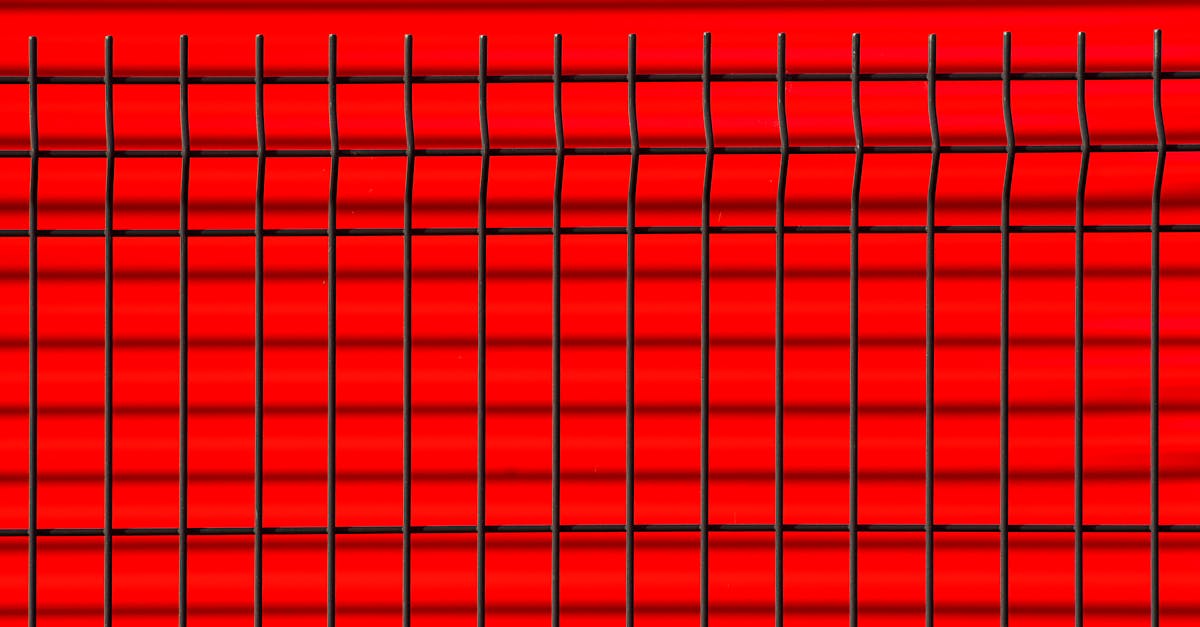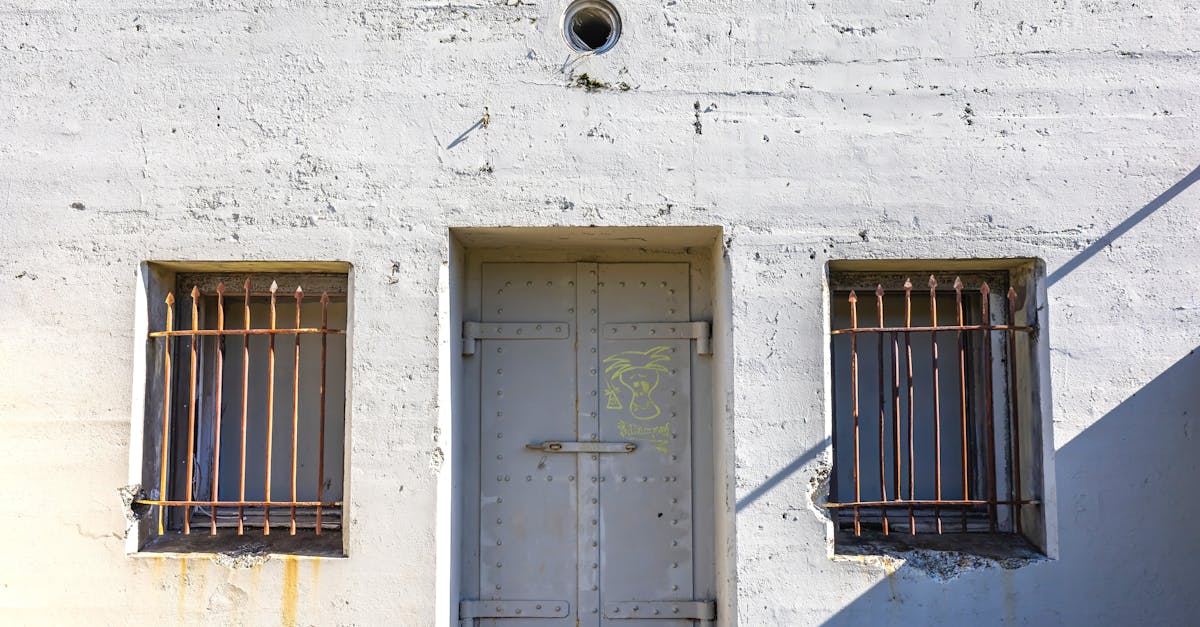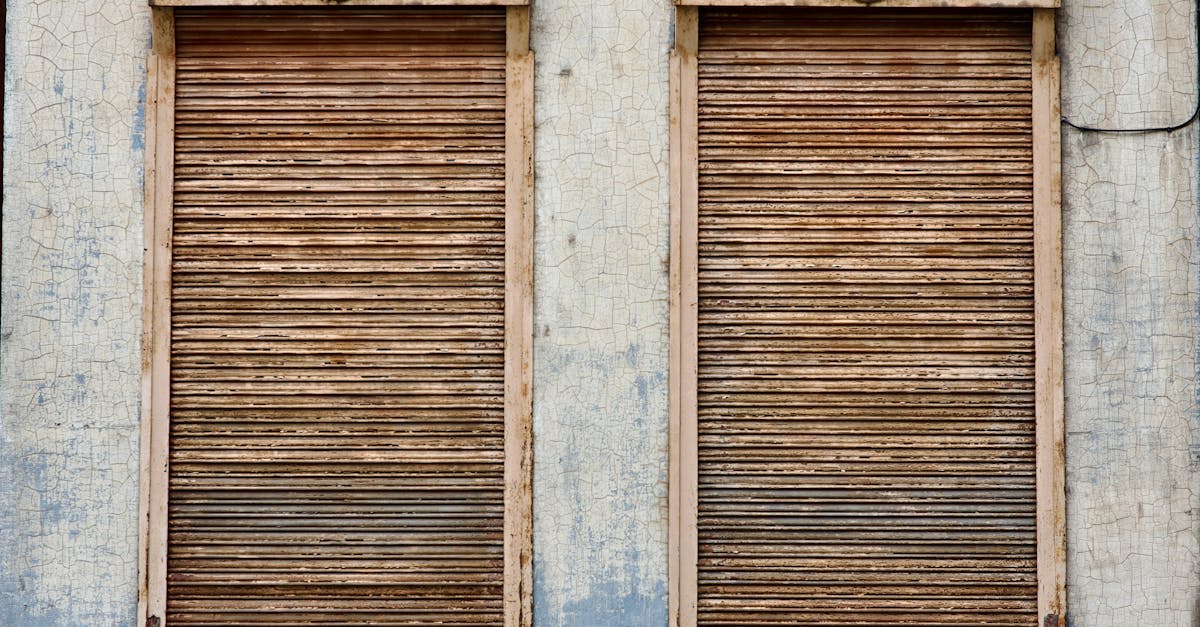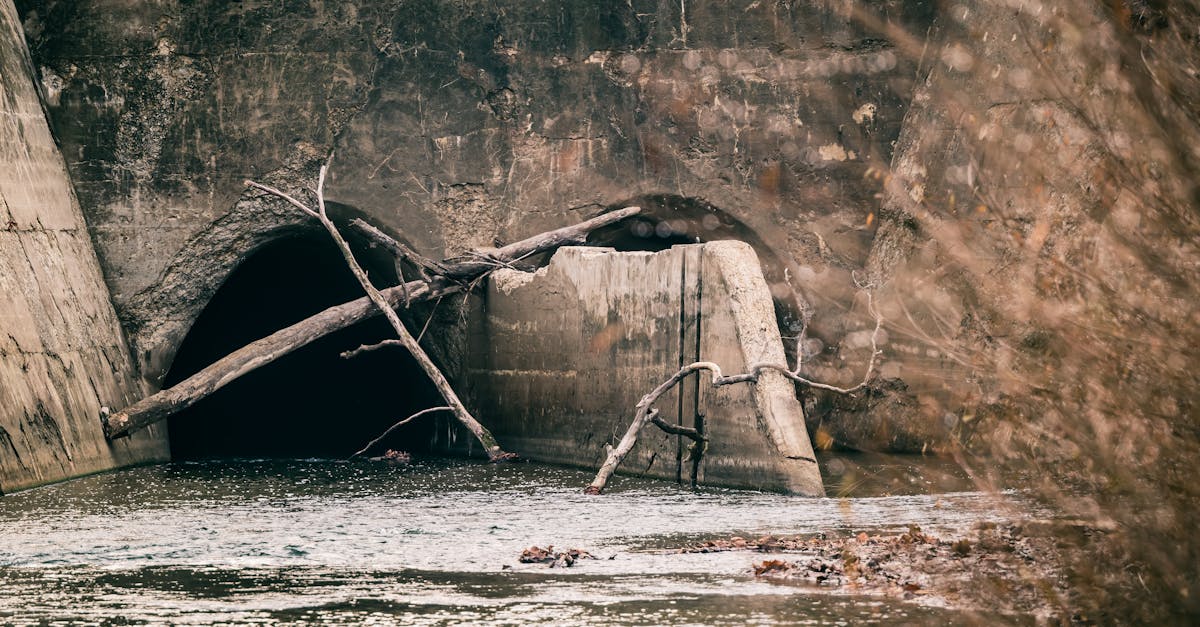
Table Of Contents
Installing the New Faucet
Begin by preparing the area around the sink. Clear away any items from the countertop to create a clean workspace. Ensure that you have all tools and materials handy, including the new faucet, mounting hardware, and a basin wrench. Most vessel sink faucets come with specific instructions, so refer to those as needed. It's essential to follow the manufacturer’s recommendations throughout the process.
Once you have everything ready, you can start the faucet installation and repair. Align the new faucet with the pre-drilled hole in the sink deck. Gently insert the faucet and secure it from underneath using the provided mounting hardware. Tightening the mounting nuts by hand is advisable initially, ensuring the faucet is properly positioned before using a wrench for a firm grip.
StepbyStep Installation Process
Before embarking on your faucet installation, ensure you have all the necessary tools and materials at hand. Common items include a basin wrench, plumber's tape, and a bucket to catch any spills. Start by turning off the water supply to avoid any unwanted leaks. Remove the old faucet by loosening the nuts underneath the sink, taking care not to damage the plumbing or surrounding surfaces. This step is crucial in preparing your workspace for the new vessel sink faucet.
Once the old unit is out, clean the area thoroughly to provide a good sealing surface for your new faucet. Align the base of the new faucet with the sink holes, making sure it sits evenly. Secure it in place using the provided mounting hardware. When tightening, be careful not to overtighten, as this may lead to damage. Faucet installation and repair often hinges on ensuring a solid fit without compromising the surrounding surfaces. After securing the faucet, move on to the next steps in the process.
Sealing the Faucet
When sealing the faucet, using the right materials is crucial. A quality silicone sealant provides a waterproof barrier, preventing leaks that could damage the cabinetry below. Ensure the surface is clean and dry before applying the sealant. It’s helpful to apply a continuous bead around the base of the faucet. This way, it effectively adheres and fills any gaps that might allow water to escape.
After applying the sealant, allow it to cure as per the manufacturer’s instructions. This waiting period is vital for achieving a reliable seal. Ensure that the faucet installation and repair are conducted with care, as a poorly sealed faucet can lead to issues over time. Regular inspections for any signs of wear or leaks can help maintain the integrity of the installation.
Ensuring a LeakFree Installation
To ensure a leak-free installation, begin by carefully examining the components of the faucet. O-rings and washers play crucial roles in preventing leaks. Inspect these parts for any signs of wear or damage before proceeding with the installation. It’s essential to tighten connections adequately without overdoing it, as excessive force can lead to cracks or other failures in the material. Proper alignment of the faucet also contributes to maintaining a secure seal.
After completing the installation, it’s important to test for leaks. Turn on the water supply slowly and observe all connections for any signs of dripping or moisture. If you notice any leaks, it’s wise to turn off the water supply and make the necessary adjustments. Ensuring a secure fit during faucet installation and repair will save time and trouble in the long run, particularly in preventing water damage.
Connecting Water Supply Lines
Before connecting the water supply lines, ensure that you have measured the distances accurately from the supply sources to the faucet's inlet connections. Use flexible supply lines that can easily accommodate the shape and layout of your plumbing system. It's also a good idea to choose lines that are the correct length to avoid excessive bending or stretching. When you have the lines ready, attach one end to the shut-off valves and the other to the faucet. Tightening these connections by hand and then using a wrench will ensure a secure fit.
Monitor for any leaks once everything is connected. Turn on the water supply gradually and check each connection for drips or moisture. If you detect a leak, gently tighten the fittings without overtightening, as this could damage the seals. Perfectly executed faucet installation and repair depend on these critical connections being secure and leak-free. By taking the time to do this step carefully, you can avoid future complications and enjoy a well-functioning vessel sink faucet.
How to Properly Connect Supply Pipes
To properly connect the supply pipes to your new vessel sink faucet, begin by ensuring that the pipes are clean and free of debris. Inspect the threads on the supply lines and the faucet for any damage, as this could lead to leaks later. If the threads appear worn or dirty, clean them meticulously and consider using plumber's tape for added sealing protection. This tape can help prevent water from seeping through the connection points. Carefully tighten the fittings by hand first, then use a wrench to secure them without over-tightening.
After securing the supply lines, it is a good idea to check for leaks before finishing the installation. Turn on the water supply and observe the connections for any drips. In the event of a leak, do not hesitate to tighten the fittings a little more. This step is crucial as it can save you from potential water damage in the future. Completing this task is part of the broader process of faucet installation and repair that ensures your new setup operates smoothly and efficiently.
FAQS
What tools do I need to install a vessel sink faucet?
You will typically need a basin wrench, adjustable wrench, screwdriver, pliers, plumber's tape, and a bucket to catch any water during the process.
How do I ensure my vessel sink faucet is properly sealed?
To ensure a leak-free installation, apply a generous amount of plumber’s putty around the base of the faucet before securing it in place and tighten the mounting hardware firmly but not excessively.
Can I install a vessel sink faucet without professional help?
Yes, many homeowners choose to install vessel sink faucets themselves by following a step-by-step guide. However, if you are unsure about any part of the process, it may be wise to consult a professional.
What should I do if I encounter a leak after installation?
If you notice a leak after installation, first check all connections to ensure they are tight. If the leak persists, you may need to disassemble the faucet and reapply plumber's tape or putty as needed.
Are there specific water supply lines needed for a vessel sink faucet?
Yes, ensure that the water supply lines you use are compatible with your faucet and that they are the correct size and type for both the hot and cold water supply.





























